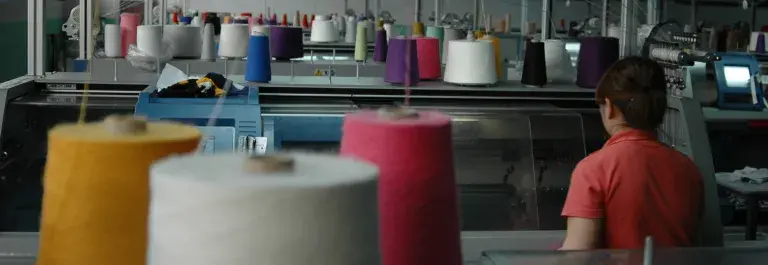What do we mean by Chain of Custody?
The answer often depends on who you ask – and that’s part of the challenge. In global supply chains, Chain of Custody (CoC) systems underpin how we track materials, associated attributes, and enable credible sustainability claims.
As expectations around sustainability and transparency evolve, CoC systems are evolving too. Regulatory pressures, rising consumer expectations, and corporate reporting needs on metrics like Scope 3 are driving today’s systems to adapt to increasingly complex and varied contexts.
That’s why ISEAL has revised its Chain of Custody Models and Definitions Guidance, originally published in 2016.
The updated guidance provides greater clarity and consistency on how CoC is defined and applied across different sectors and sustainability systems — ensuring we’re all speaking the same language.
What’s new in the guidance?
Following a public consultation in late 2024 and early 2025, the revised guidance introduces several important updates:
- Categorisation of CoC models based on their ability to support controlled sourcing — where both certified and non-certified materials meet minimum defined legal or sustainability requirements needed for corporate reporting and regulation.
- Inclusion of additional CoC models, including controlled blending and controlled mass balance — a new variation of the traditional mass balance model where all input materials, certified or not, have specific attributes (most commonly that they are compliant with specified standards or requirements).
- Updated guidance on attribute transfer both within and between product groups, supporting more consistent and transparent reporting.
- Refined language and visual diagrams to make it easier to understand how the models apply in real-world supply chains.
Join the conversation
Join the launch webinar for the guidance, on 09 July 2025, 16:00-17:00 UTC+1.
We’ll hear from experts involved in the revision process and explore:
- What’s changed in the guidance and why.
- Why CoC is critical for credible sustainability claims.
- How a shared language benefits systems and sectors.
- Real-world examples of applying the guidance.
Whether you're developing sustainability standards, implementing traceability systems, or assessing supply chain risk, this session will offer practical insights on strengthening your CoC practices.
The development of this guidance was made possible through funding from the Walmart Foundation.
